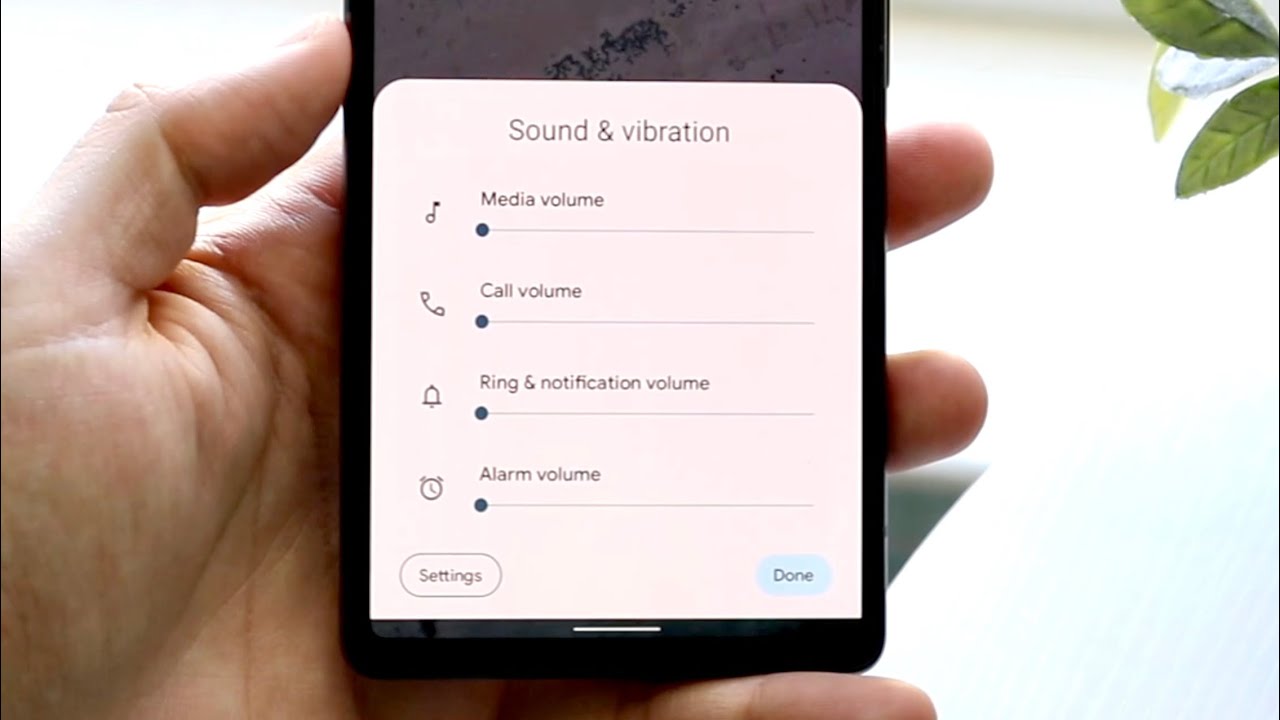
Understanding Device Linking
In today's digital age, managing and tracking devices is more crucial than ever. With the rise of Android devices, users can monitor and control their phones remotely. One such feature is device linking, which can be useful for families, businesses, and individuals wanting to keep their devices in sync. However, some users might want to link their devices without the other person's knowledge. This article explores the concept of secretly linking Android phones and the free, undetectable methods available.
Types of Device Linking
Several types of device linking are available on Android:
- Google Account Linking: The most common method. When setting up an Android device, it often prompts linking to a Google account. This allows access to Google services across all devices, including Google Drive and Google Photos.
- Smart Lock: Unlock your device using other trusted devices. For example, a smartwatch or another Android device linked to your primary device can unlock your phone without entering a password.
- Find My Device: Part of Google's Find My Device service. Locate your device on a map, lock it remotely, or erase all data if it's lost or stolen.
- Google Family Link: Designed for families with children. Parents can monitor their child's activity, set screen time limits, and restrict access to certain apps.
Methods for Secretly Linking Android Phones
While the above methods are generally used for legitimate purposes, some users might want to link their devices without the other person's knowledge. Here are some free and undetectable methods to achieve this:
Using Third-Party Apps
Several third-party apps can help secretly link Android devices. These apps often use stealthy methods to connect devices without the user's knowledge.
Example App:
- Device Manager: Manage and monitor multiple devices remotely. It can run in the background without any visible signs of activity.
How to Use:
- Download and Install: Download the app from the Google Play Store and install it on both devices.
- Setup: Follow the in-app instructions to set up the app on both devices. This usually involves creating an account and linking the devices.
- Stealth Mode: Ensure the app runs in stealth mode, configured to run in the background without any notifications or visible icons.
Note: Always download apps from trusted sources to avoid malware or other security risks.
Using ADB (Android Debug Bridge)
ADB is a command-line tool that allows interaction with an emulator instance or a connected Android device. It can link devices without the user's knowledge by executing specific commands.
How to Use:
- Enable Developer Options: On the device to be linked, go to Settings > About Phone and tap on Build Number seven times to enable Developer Options.
- Enable USB Debugging: Go to Settings > Developer Options and enable USB Debugging.
- Connect via ADB: Connect both devices to the same computer using USB cables.
- Execute Commands: Use ADB commands to link the devices. For example:
bash
adb devices
adb shell am start -n com.example.app/.MainActivity
This method requires technical expertise and should be used with caution as it involves accessing the device's internal system.
Using Root Access
Rooting your device gives superuser access, allowing modification of system files and settings. This can be used to install apps providing stealthy linking capabilities.
How to Use:
- Root Your Device: Root your device using a reliable rooting tool like Magisk or SuperSU.
- Install Stealth App: Install an app that provides stealthy linking capabilities, such as a tasker script or an automation app like Automate.
- Configure App: Configure the app to link devices without any visible signs of activity.
Note: Rooting your device voids its warranty and may expose it to security risks if not done properly.
Identifying Linked Devices
While secretly linking devices can be useful for some users, it's also important to know how to identify if your device is linked to another without your knowledge. Here are some steps you can take:
Check Device Settings
- Go to Settings: Open the Settings app on your device.
- Account Settings: Navigate to Account settings or Google settings.
- Linked Devices: Look for any linked devices listed under the account settings.
Use Built-in Features
- Google Account Activity: Sign in to your Google account on a web browser and go to Google Account Activity.
- Device Activity: Check the device activity section to see if any devices are linked to your account.
Use Third-Party Apps
Several third-party apps can help identify if your device is linked to another without your knowledge.
Example App:
- Device Scanner: This app scans your device for any hidden or linked devices.
How to Use:
- Download and Install: Download and install the app from the Google Play Store.
- Scan Device: Run the app and let it scan your device for any linked devices.
Additional Tips
- Privacy Considerations: Always consider the privacy implications of linking devices without the other person's knowledge. This could potentially violate trust and lead to legal issues if not handled properly.
- Security Risks: Using third-party apps or rooting your device can expose your device to security risks if not done correctly. Always ensure that you download apps from trusted sources and follow proper rooting procedures.
- Ethical Use: Secretly linking devices should only be done for legitimate reasons such as family monitoring or business purposes. It should never be used for malicious activities like stalking or spying.
By understanding these methods and considerations, you can effectively manage and link your Android devices while maintaining ethical and responsible behavior.
